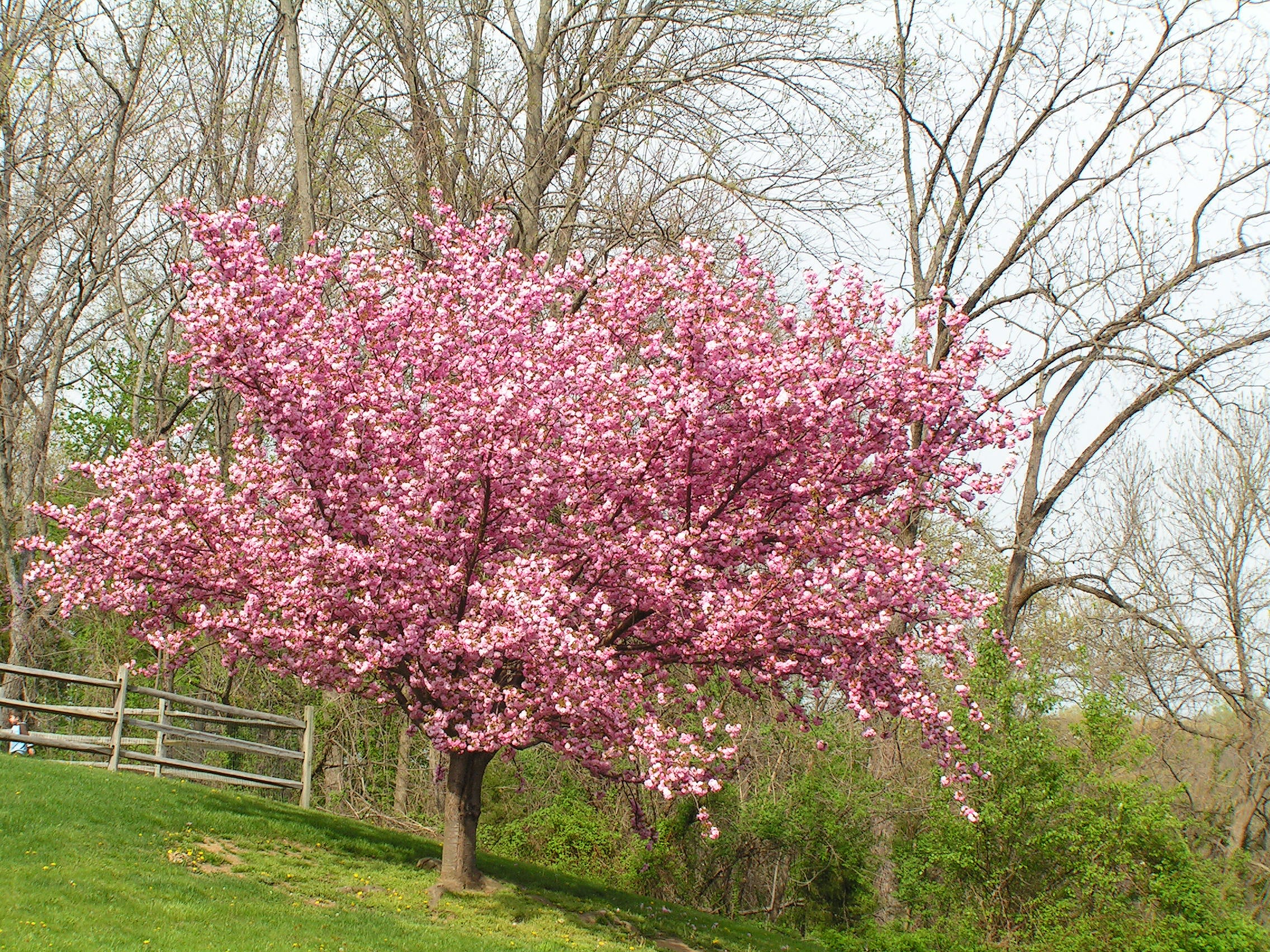- Home >
- Flowers
Flowers for Sale - Buying & Growing Guide
Do You Know Your Growing Zone? i Growing zones help determine if a particular plant is likely to grow well in a location. It identifies the average annual minimum winter temperatures across the U.S. provided as a map by the USDA.
195 Results
-
Growing Zone(s): 4-9$114.95
-
Growing Zone(s): 4-9$14.95
-
Growing Zone(s): 4-10$69.95
-
Growing Zone(s): 8-11$19.95
-
Growing Zone(s): 6-10$89.95
$99.95Save up to 10% -
Growing Zone(s): 7-9$49.95
-
Growing Zone(s): 4-9$129.95
-
Growing Zone(s): 6-10$29.95
$49.95Save up to 40% -
Growing Zone(s): 6-10$39.95
-
Growing Zone(s): 3-7$39.95
Flowers – Buying & Growing Guide
Almost all plants have flowers, but there are select ones we grow for glorious blooms. To brighten up your home and landscape, plant a few annual or perennial flowering plants and see how adding color gives your garden a new vibrancy and glow.
Types of Flowers
| Type | Growing Zones | Mature Height | Sun | Features |
| Shrub Roses; Rosa | 4-9 | 1-16 feet | Full sun: 6 or more hours of direct light a day | Excellent border plants, good for cut flowers, and bloom from spring-fall |
| Orchids, Orchidaceae | 6-11 | 1-12 feet | 5-8 hours of indirect sun a day | Commonly grown in containers, native to almost every continent, and thrive with extra humidity |
| Bee Balm, Monarda | 4-9 | Up to 3 feet | Partial to full sun: at least 4 hours of direct light a day | Perennial, attract pollinating insects, excellent border plant, and deer resistant |
| Impatiens, Impatiens | 2-11 (perennial in zones 10-11) | 10 inches to 2 feet | Full sun to full shade | Perennial grown as an annual, easy to grow, adaptable, and blooms all summer |
| Peonies; Paeonia | 3-9 | 2-7 feet | Partial to full sun; at least 4 hours of direct light a day | Perennial, bloom in late spring to early summer, and excellent cut flowers |
| Lantana, Lantana camara | Annual (perennial in zones 10-12) | 1-6 feet | Full sun: 6 or more hours of direct light a day | Vivid white, orange, red, or purple flowers, blooms throughout summer, and deer resistant |
| Sunflower, Helianthus annuus | Annual, zones 2-11 | 1-12 feet | Full sun: 6 or more hours of direct light a day | Flowers may be yellow, orange, red, or maroon, seeds are edible, and attract birds in the fall |
| Bearded Iris, Iris germanica | 3-9 | 2-4 feet | Full sun: 6 or more hours of direct light a day | Rhizomatic perennial, colors range from black-purple to white, and blooms in early summer |
| Lilac, Syringa vulgaris | 3-8 | 4-12 feet | Full sun: 6 or more hours of direct light a day | Can be trained to tree or bush form, fragrant flowers are white to purple, and deer resistant |
| Water lily, Nymphaeaceae | Hardy water lilies: zones 3-11; tropical water lilies: zones 10-11 | 6 inches | Partial to full sun; at least 4 hours of direct light a day | Flowers range from yellow, pink, and white to red, plant in containers placed in a pond |
How to Plant Flowers
Every type of plant has its own unique requirements, but some factors are common to most flowering plants. Site your flowers carefully so they receive the correct amount of daylight. Failing to do so will lead to fewer blooms, and the plant will not thrive.
Most flowers like well-drained soil that has been mixed with a shovel-full of well-rotted manure or compost before planting. Generally, feed your flowers with a balanced fertilizer in spring and summer, tapering off near autumn, since then the plant is preparing to shut down for winter if it’s a perennial.
How to Grow Flowers
- When. Most flowers are best planted in spring, after the danger of frost is past. A few, such as lilac bushes, should be planted in fall before the ground freezes, so they have a chance to acclimate before the next growing season.
- Where. Consider the size and shape of the mature plant before you decide where to plant it. You’ll want to avoid placing very tall plants, like some lilacs and sunflowers, under low-lying overhead power cables.
- How. Dig a hole that’s as deep as the seedling’s root ball and twice as large, place the plant in the hole and fill in around it with fertile soil. Water thoroughly, and mulch with an organic substance such as bark chips to conserve water.
How to Care for Flowers
- Watering and nutrients. Many flowers need about an inch of water a week, if they do not receive this from rain, you may need to do supplemental watering. Most flowers benefit from a regular application of a balanced fertilizer, like 10-10-10, in spring.
- Pruning. Some flowering plants need regular deadheading (i.e., removing spent blossoms) to keep the blooms coming. You’ll want to remove broken or diseased stems and branches whenever you see them.
- Pollination. Flowers are a plant’s way of reproducing, and most flowers produce pollen that is transferred to other flowers or plants by way of insects, birds, or wind. Self-fertile flowers feature blooms with both male and female parts in a single flower.













